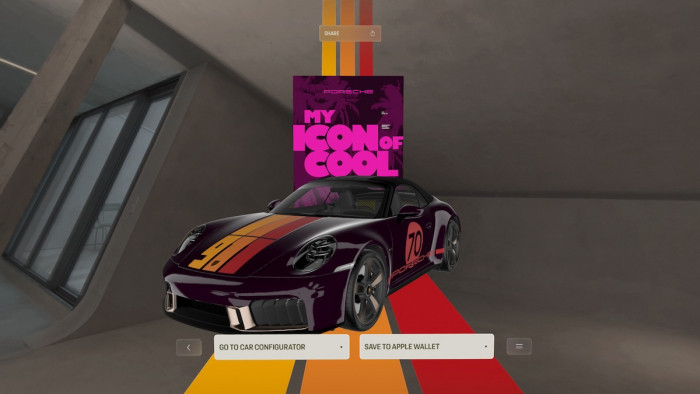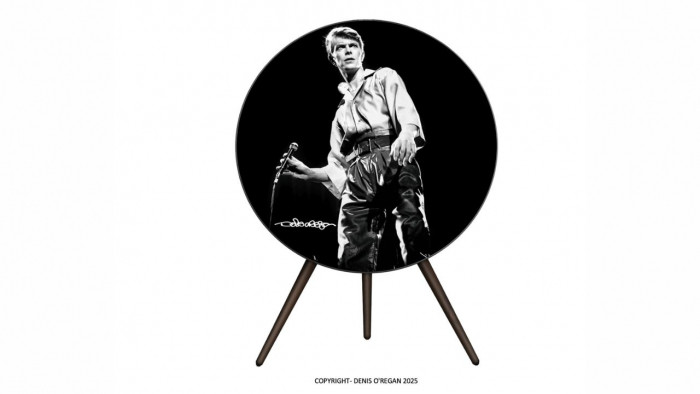This trick lets you beat Uber's surge pricing
Uber's surge prices are annoying - and apparently avoidable with a few simple practices


Say what you will of Uber's aggressive expansion policy, its privacy issues and fibbing maps, when it comes to the witching hour of 12:51am on a damp Sunday morning, all these issues go out the window in favour of an easy ride home.
But one quibble that remains with the ride-sharing app is its insistence on 'Surge Pricing' - a raising of the average taxi charge at peak times that the company uses to "encourage" more drivers into a busy area.
Annoying, costly - it's a tactic that computer scientists from Illanois' Northwestern University think is totally avoidable if you follow a few simple practices.
"The vast majority of surges are short-lived, which suggests that savvy Uber passengers should 'wait out' surges rather than pay higher prices," wrote the researchers. Fluctuations usually last five minutes, so a little patience might save you a bundle.
To put Uber's Surge Pricing to the test, the team created 43 accounts, dotting them around Manhattan and San Francisco. The surge prices are based on particular areas designated as busy by the app - so walking into a new 'area' could often result in a drop in charges: "Two users standing a few metres apart may unknowingly receive dramatically different surge multipliers. For example, 20 per cent of the time in [New York's] Times Square, customers can save 50 per cent or more by being in an adjacent surge area a block or two away."
You can test this out by dragging your own pick-up pin around on the Uber map, trying to find cheaper regions that might be a short walk away. It could work in your benefit, with the team reporting that many drivers drive away from surge price areas.
So - wait five minutes for a drop in prices, and if that doesn't work, try walking away from typically busy areas (shopping centres, major junctions) to find a new pricing region.
That, or try the bus?








